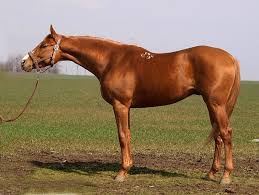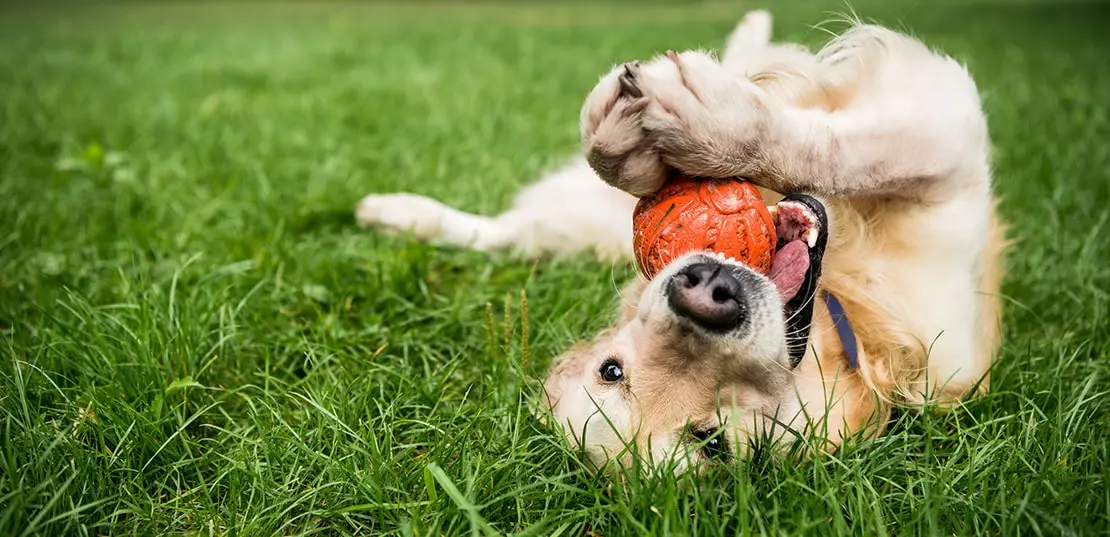
Budyonny
Conditions of detention
Budyonny horses are adaptable and can thrive in a variety of environments, though they do best with regular access to open spaces for exercise. They are generally housed in stables with turnout areas where they can graze and move freely. While they are hardy, they benefit from protection against extreme weather, especially during harsh winters.
Useful Fact: Budyonny horses, with their Don horse heritage, are well-suited to living in climates with significant temperature variations, provided they have adequate shelter and nutrition.
Nutrition and diet
The Budyonny horse requires a balanced diet that includes high-quality forage, such as hay and grass, along with grains or other concentrated feeds to meet their energy needs, especially if they are in regular work. Due to their athletic build, they may require additional nutritional supplements to support joint health and muscle maintenance.
Useful Fact: Budyonny horses, especially those engaged in competitive sports, benefit from a diet tailored to maintain their stamina and muscle condition, with appropriate supplementation as needed.
Health
Budyonny horses are generally healthy and robust, thanks to their strong genetic foundation. They are less prone to many common equine ailments, but like all horses, they require regular veterinary care, including vaccinations, deworming, and dental maintenance. Monitoring their joints and muscles is particularly important, given their use in athletic disciplines.
Useful Fact: The Budyonny’s crossbreeding history has contributed to its overall health and resilience, making it a durable choice for demanding equestrian sports.
Grooming and care
Budyonny horses require regular grooming to maintain the health of their coat and skin, especially if they are actively competing or working. Regular brushing, hoof care, and occasional baths are necessary to keep them in top condition. Their manes and tails should also be groomed to prevent tangles and ensure a neat appearance.
Useful Fact: Budyonny horses often have a shiny, well-muscled coat that benefits from regular grooming, which also helps in spotting any early signs of skin conditions or injuries.
Education and training
Budyonny horses are intelligent, willing, and quick to learn, making them relatively easy to train. They excel in a variety of equestrian disciplines, particularly in show jumping, dressage, and eventing. Their calm temperament and athleticism make them suitable for both amateur and professional riders.
Useful Fact: Due to their origins as cavalry horses, Budyonny horses are naturally brave and responsive, making them particularly well-suited for disciplines that require quick thinking and agility.
Toys and entertainment
Budyonny horses benefit from mental stimulation and regular exercise. They enjoy activities that challenge them physically and mentally, such as obstacle courses, trail riding, or ground work. Interactive toys that engage their curiosity, like treat balls, can also be beneficial, especially during downtime.
Useful Fact: Incorporating varied exercises and activities into a Budyonny horse’s routine helps keep them mentally sharp and physically fit, which is essential for their performance in competitive sports.
Safety
Budyonny horses are generally calm and well-behaved, making them safe to handle and work with. However, secure fencing and a safe environment are essential to prevent accidents, especially during training or turnout. They should be housed in well-maintained facilities that minimize the risk of injury.
Useful Fact: The Budyonny’s calm demeanor and cooperative nature contribute to its overall safety, making it a reliable partner in both training and competition.
Accessories
Budyonny horses require standard tack, including well-fitted saddles and bridles, designed to accommodate their athletic build. Given their use in competitive disciplines, tack should be chosen for both comfort and functionality, with an emphasis on supporting their movement and agility.
Useful Fact: High-quality, well-fitted tack is essential for Budyonny horses, especially in disciplines like show jumping and dressage, where precise movement and comfort are crucial.
Socialization
Budyonny horses are social animals and thrive on interaction with both humans and other horses. They do well in herd environments and enjoy the companionship of other horses, which helps them maintain their mental well-being. Regular socialization is important for their emotional health and overall happiness.
Useful Fact: Budyonny horses, with their friendly and cooperative nature, form strong bonds with their handlers and herd mates, making regular social interaction crucial for their well-being.
Travel and Transportation
Budyonny horses generally handle travel well, thanks to their calm temperament. They require a comfortable, well-ventilated trailer with enough space to stand securely during transport. Regular stops during long journeys for water and rest are important to keep them comfortable and healthy.
Useful Fact: The Budyonny’s adaptable nature makes them easier to transport over long distances, which is particularly beneficial for competitive horses that travel frequently.
Behavior and psychology
Budyonny horses are known for their calm, intelligent, and cooperative behavior. They are highly trainable and responsive, with a strong work ethic that makes them reliable partners in a variety of equestrian activities. Their temperament makes them suitable for riders of all levels, from beginners to advanced competitors.
Useful Fact: The breed’s history as a cavalry horse has instilled a natural bravery and willingness to work, making Budyonny horses particularly reliable in challenging situations.
Legal aspects
Owning a Budyonny horse may involve specific legal considerations, especially if they are used in breeding or competitive sports. Registration with the appropriate breed organizations, such as the Russian Budyonny Horse Association, helps maintain the breed’s standards and ensures proper documentation of lineage. Compliance with local animal welfare laws is also essential.
Useful Fact: The Budyonny horse is a significant part of Russia’s equestrian heritage, and efforts to preserve and promote the breed often include strict registration and breeding standards to maintain its quality and history.


